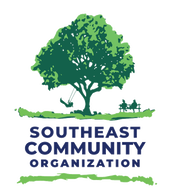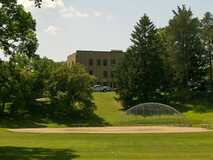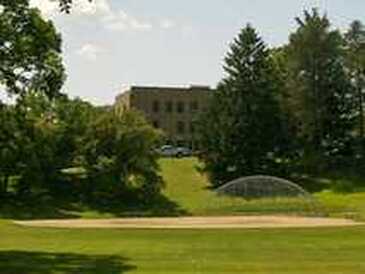|
|
AuthorSouthEast Community Org Staff Archives
April 2020
Categories
All
Meeting Summaries
Resources
|
||||||||||||||||||||||||||||||||||||||||||||||||

Copyright©2022 Southeast Community Organization
SunRay Shopping Center 2105 1/2 Old Hudson Road St. Paul, MN 55119 [email protected] 651-578-7600 |


 RSS Feed
RSS Feed